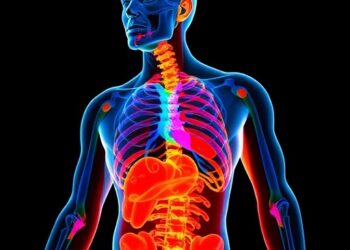The aim of this study was to control the fat content in grain by optimizing the processing methods. One effective way to prepare grain for animal feed is by sprouting it. Sprouted grain is a dietary product that has higher levels of proteins, essential amino acids, and macro- and microelements compared to non-sprouted grain.
The aim of this study was to control the fat content in grain by optimizing the processing methods. One effective way to prepare grain for animal feed is by sprouting it. Sprouted grain is a dietary product that has higher levels of proteins, essential amino acids, and macro- and microelements compared to non-sprouted grain.
This study aimed to regulate fat content through optimizing processing methods. We developed regression equations to describe how factors such as temperature (tw), time (τ), moisture (w), and another temperature parameter (tg) affect the quality indicators of triticale grain germination. Our research identified fat content as the most significant factor in the germination process. We optimized the germination conditions for triticale grain using nonlinear programming.
The study found that the optimal conditions for maximizing fat content in germinated triticale grain were a grain temperature of 30°C, a germination time of 24 hours, and grain moisture of 13%, with another important grain temperature being 26°C. Under these conditions, the fat content target was 2.83%.
These findings provide a method to control the fat content in triticale grain during germination.
For publishing scholarly article in Bentham journals, please visit:
Journal
The Open Chemical Engineering Journal
Article Title
Regulation of Fat Content in Triticale Based on Optimization of Technological Processing Modes
Article Publication Date
8-May-2024




